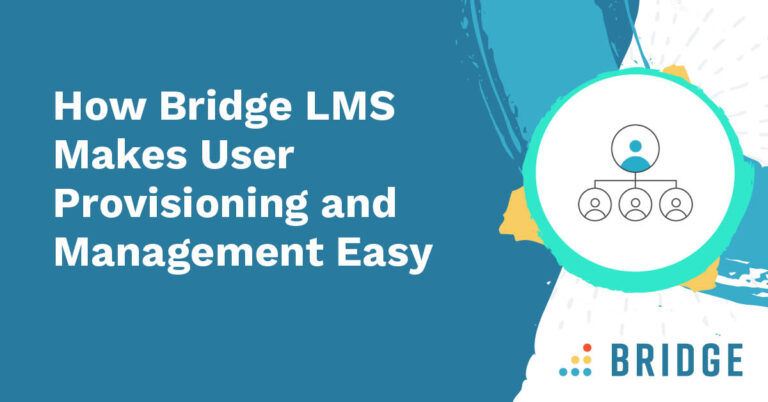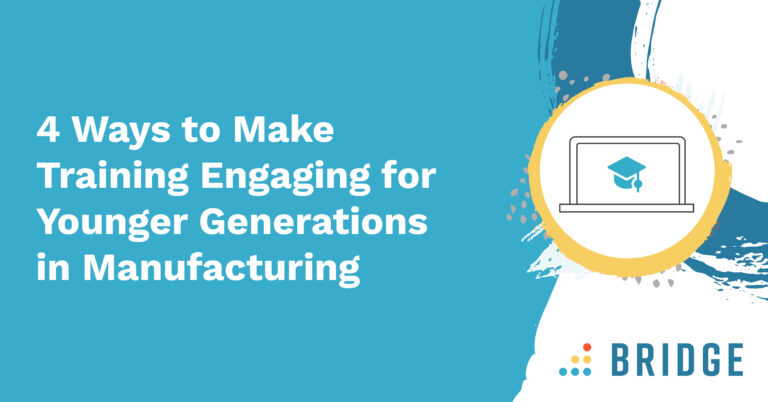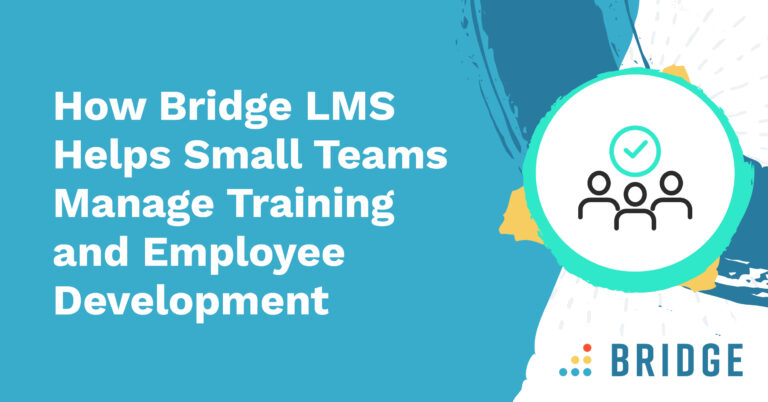Now more than ever, creating a secure working environment matters. Recent events mean that the old certainties of the workplace are gone and for some employees, that means adapting to hybrid and remote working. With this shift in working patterns, the need for psychological safety in the workplace has never been more crucial and employees are increasingly recognizing this. A 2021 McKinsey survey showed that 89% of employees believe it’s essential in the workplace.
Your employees will be looking to you to provide a psychologically safe workplace and, to do this, you need to create a people-first culture.
What Is Psychological Safety?
Psychological safety is how emotionally comfortable your employees feel at all levels of workplace interaction. Being valued, respected, and heard are core human needs and psychological safety in your workplace should support these needs. When your people feel that they are in a place where their contributions are taken seriously, they feel like they belong, and their concerns are being addressed it strongly correlates with happiness and engagement.
Psychological safety gives your company the ability to establish trust between employees, management, and each other in a way that everybody feels heard. It’s a way to drive respect, innovation, and support a culture that’s both productive and successful. Studies show that when employees are working in a positive environment they’re 12% more productive.
Sounds great, right? So how do you go about addressing psychological safety in the workplace?
How Can Leaders Address and Promote Psychological Safety?
An important step in implementing psychological safety in the workplace is understanding your people—that understanding needs to start at the top. People have underlying psychological needs and knowing what these are means that your leaders can create an environment where your employees can work together more effectively. You could host workshops to help employees identify their core emotional needs as they can provide insight into what they value, their strengths and weaknesses, and motivations.
When setting out to understand your people, their needs, and motivations, you’ll need a framework so you can understand what drives people. One framework is the Academy of Brain-based Leadership’s S.A.F.E.T.Y. Model™ which ranks six driving attributes of threat and reward:
1) Security: The need for predictability
2) Autonomy: The need to feel we have control over our environment and choices
3) Fairness: The need to engage in and experience fair exchanges, both to us and to others
4) Esteem: The need to be regarded highly
5) Trust: The social need to belong to and protect our “tribe”
6) You: Factors unique to you, your personality profile, your biases, how you’re influenced, and your context
During the workshop, your employees will rate a series of statements based on personal importance. Their responses provide a scale score of the S.A.F.E.T.Y. attributes to rank how important they find each of the six behaviors. This helps to build psychological safety by showing what motivates them, how they respond to challenges and rewards, and how they manage stresses. They’ll also be encouraged to share their scores and what’s important to them to help them better communicate with co-workers. Understanding everyone’s needs helps to create an environment that’s more productive, collaborative, and supportive.
Once you have this understanding, you might need to take steps to create a greater sense of psychological safety in your organization. Here are the four stages to consider:
MORE FROM THE BLOG | ‘I’ll Be There for You: Peer-to-Peer Learning and Coaching’
How to Create Psychological Safety in the Workplace
1) Inclusion Safety
2) Learner Safety
3) Contributor Safety
4) Challenger Safety
In the final stage, employees should feel comfortable challenging ideas, disagreeing, or suggesting new ideas without the risk of damaging their reputation. Challenger safety can be the most difficult step to address but creating a safe environment for employees to share and speak out means not only listening to dissenting opinions but valuing the input. The exchange of ideas should lead to healthy debate and not to conflict.
RELATED READING | ‘5 Ways to Combat Employee Loneliness and Support the Remote Workforce’
How to Promote Psychological Safety in the Workplace
Promoting psychological safety means taking a number of steps to ensure that your employees can thrive no matter where they are—whether they’re in the office (or warehouse, on the shop floor etc.), or working remotely.
Here are some simple ways to promote and support psychological safety in your workplace:
1) Understand How Each Employee Communicates
2) Create a Positive Team Climate
Leaders can increase the likelihood of psychological safety in the workplace by showcasing specific behaviors. McKinsey’s research found that a positive team climate is the most important driver of psychological safety. It’s most likely to occur when leaders create a supportive environment for their people to learn, share their ideas, collaborate, and build relationships with others.
Leaders can show that they’re committed to creating a positive team climate by encouraging feedback and responding positively to it, communicating regularly with updates, recognizing hard work, and including employees when making decisions.
3) Encourage Social Connections in the Workplace
Positive connections can help to build trust and a sense of community—both important aspects in driving psychological safety. Encourage your employees to connect with each other and keep the conversation off work.
It doesn’t take much but could include simple activities like managers scheduling regular catch-ups to connect with the whole team, creating messenger channels for non-work-related themes, or establishing Employee Resource Groups (ERGs) for your people to connect based on shared experiences. This is especially important for remote and hybrid workers who could be feeling isolated and disconnected from their co-workers.
4) Find Out What Drives Your Employees
DISCOVER WHAT DRIVES YOUR EMPLOYEES | ‘Bridge Driver Cards’
How Can Bridge Help?
For a sneak peek of Bridge, try our free, fun game: Bridge Drivers—a virtual card game that helps managers understand what motivates their teams. The cards represent various drivers like culture, trust, empathy, and collaboration. By choosing the cards which best represent their needs, your people can focus on what’s important to them in their careers. This exercise sparks insightful, organic conversations that help managers understand what drives their team members and the tools they then need to turn their drivers into reality.




